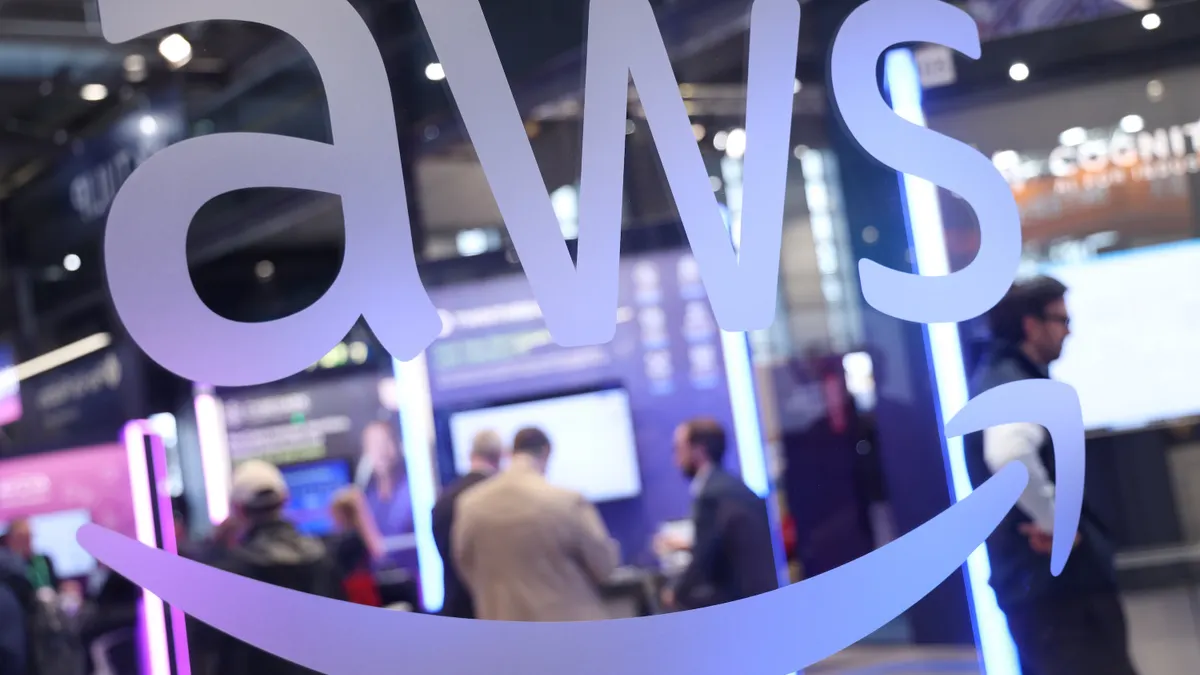Editor's note: The following is a guest article from Ed Gabrys, senior director analyst at Gartner, focusing on CIO leadership, communications, politics and culture.
People crave information during times of crisis. The rapid spread of the novel coronavirus (COVID-19) pandemic and the associated anxiety it brings requires clear and consistent communications from employers to help employees understand and cope with the situation.
When SARS spread to four continents in 2003, executives at seven companies told Gartner managing employees' concerns and questions was one of the most time-consuming associated activities.
While CIOs may not have overall responsibility for their organization's crisis communications response, their IT teams are turning to them for context and additional clarity.
CIOs can ensure the psychological well-being of their teams and maintain reasonable levels of productivity through timely and effective communications.
Here are the top communications recommendations for CIOs during the COVID-19 outbreak.
Educate staff on the nature of the pandemic
The impact of the novel coronavirus – and the systematic closures of offices – has fundamentally changed the way we work in the near-term and possibly moving forward.
The impacts go well beyond simply working from home: people respond to unexpected quarantines and disruptions in deeply psychological ways. Communicating during such uncertain times is complex, especially when the sensitive matter of health and conflicting information from media figures are present.
CIOs should provide their people with the information they crave through educating them on the nature of the pandemic, related risks and advice for staying safe.
Communicate regularly using simple and clear messages
People tend to believe the first messages they hear, which puts the onus on CIOs to get communications out early and update them daily – at least in the beginning of the crisis.
It isn't necessary to have all of the answers before providing an update to their staff, but CIOs should aim to share only the information that is absolutely necessary to avoid uncertainty. Too much ancillary information can compound anxiety and uncertainty.
However, if employees were told they would receive a follow up within a certain time frame — and there is still nothing new to say — still communicate with them within the allotted time.
Ensure that communications systems are available, accessible and secure
Maintaining a robust and ready-to-go technology platform can help streamline messaging. In the absence of guidance, people will actively seek any available information which may lead to false, misleading or dangerous assumptions.
Prioritize sharing information from government organizations and international health organizations. This way, a reliable and trustworthy stream of accurate information is continuously available for employees to feel confident and productive.
Consider the use of an information hub or portal and a "living document" approach. During uncertain times, the reliability of common communications channels such as email can be overlooked. Many organizations are instead using emergency or mass notification service (EMNS) solutions.
Coordinate with cross-functional communications teams
CIOs should coordinate with enterprise communication functions (e.g., corporate communications, human resources) to ensure staff remain informed. If misinformed or frightened, they can turn into harmful critics.
As it will be some time before a vaccine is available, health measures and working conditions will require flexibility. CIOs should work with continuity planning to ensure their IT operational readiness procedures are consistent with those of the larger organization.
Work with corporate communications on proper messaging to disseminate to the entire IT department, including specific information for people managers to provide to any direct reports who are in doubt.
In tandem with business units, CIOs can work collectively to prepare for difficult communications by anticipating situations and planning for their occurrence.
At a minimum, prepare a standard empathetic message that anyone on the team or anyone representing the IT organization can use in times of uncertainty. For instance: "We are still gathering information, but the actions we are taking now are…."
For effective communications, CIOs must repeat and coordinate messaging so that messaging can adapt to fluid situations without appearing conflicting. Communications challenges inherent in times of crisis are only overcome by leveraging available expertise and accountability across teams.
Evolve worker anxiety toward more forward-looking behavior
People will typically have three psychological responses to the pandemic, according to the U.S. Center for Technology and National Security Policy of the National Defense University:
-
Fear
-
Discrimination against those perceived as contagious or responsible for spreading the disease
-
Indirect psychological trauma through exposure to news sources
Each of these responses influence the workforce's attitudes and behaviors.
CIOs should channel people's emotions from fear and worry toward a focus on productivity, opportunity and forward-looking behavior. Encourage discussion and give people the space and opportunity to share concerns.
Pretest sensitive messages with the enterprise communications team and select representatives prior to sending them out to the broader team. Strong and persistent reassurance through communications will actively address misinformation and the psychological uncertainties this virus brings.
While effective communications are just one piece of the COVID-19 puzzle, they go a long way in addressing uncertainty, quelling worried staff, and enabling better business outcomes over time.




















